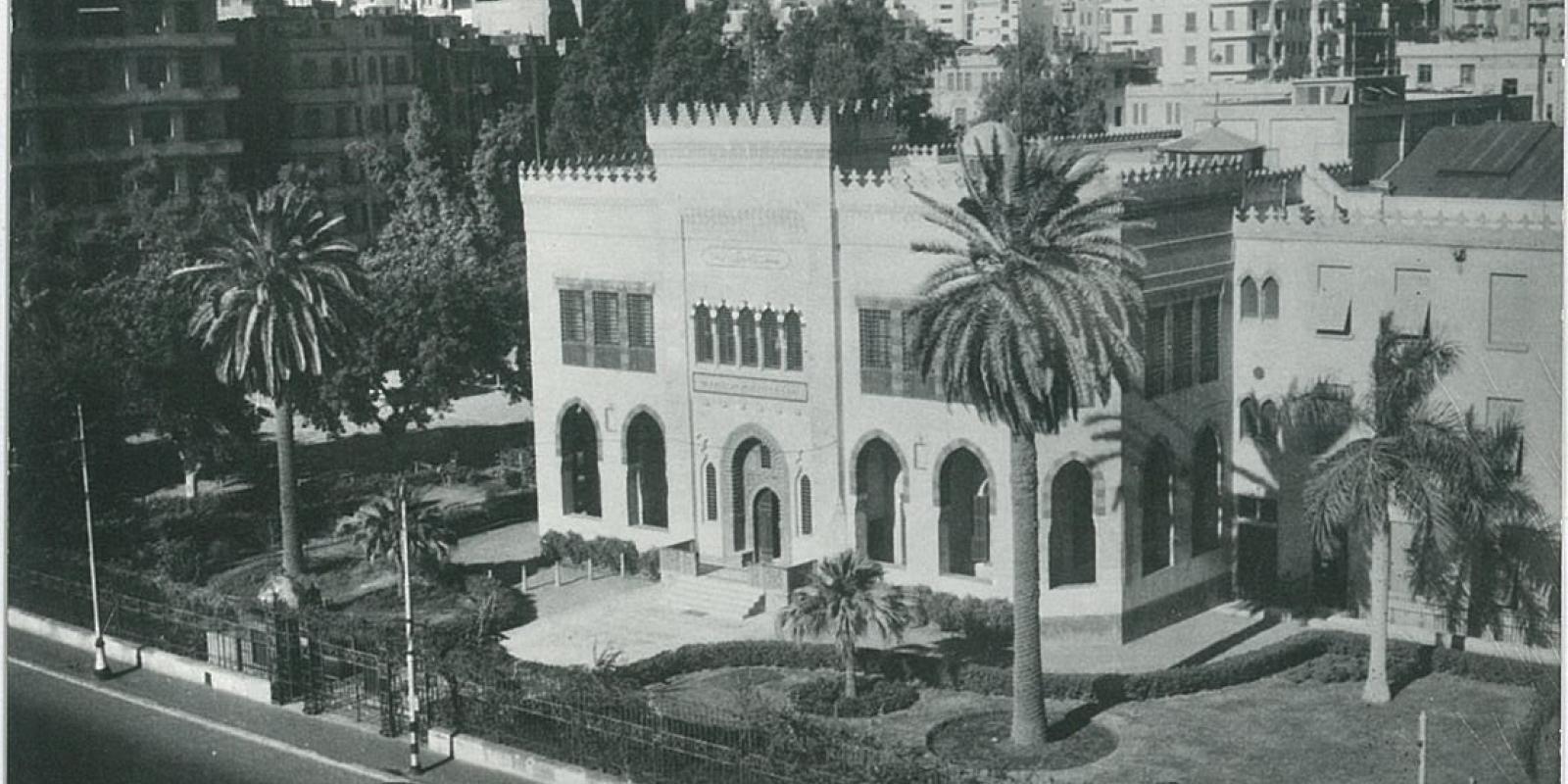
How It Began
The American University in Cairo began as a preparatory school. Its first class arrived in the fall of 1920 — fewer than 150 students following a curriculum that was equivalent to the last two years of American high school. Not until 1928 did it graduate its first university-level students: two earning a Bachelor of Arts degree and one a Bachelor of Science degree.
AUC was, from its inception, a bridge between cultures, linking East and West. It aspired not to stand with one culture but to embrace both, to become something hybrid and cosmopolitan and new. It would draw its creative and scholarly energy from the friction that naturally arises when one world meets another.
AUC’s founding president, Charles R. Watson, was an early embodiment of the university’s character. Raised in Cairo, and educated at Ohio State and Princeton universities, Watson valued intellectual acuity, personal integrity and principled leadership in any language, on either side of the globe.
Under Watson’s leadership, the university grew in ways large and small. Its first students were required to take weekly sessions of calisthenics and gymnastics. A modest end-of-year competition, Sports Day, became within a decade a major event featuring a live band and a bright canopy covering the bleachers.
Other developments were more dramatic. AUC enrolled its first female student in 1928, more than 40 years before Princeton would do the same. In 1930, a speech in Ewart Hall on women’s rights sparked heated protests; the university defended the speech in particular and reasoned debate in general.
In the late 1950s, an Egyptian government official claimed that the university’s original name — the American University at Cairo — diminished the city. The substitution of the word “in” for “at” balanced the scales. AUC was not a satellite temporarily stationed in Cairo; it was part of the city itself.
As it continued to respond to the needs of its students and to changing practices in higher education, AUC expanded its academic offerings. The university added programs in sociology, anthropology, political science and economics; expanded its offerings in the natural sciences; and established the English Language Institute, the Social Research Center, and later the Desert Development Center. It moved the School of Oriental Studies into the Faculty of Arts and Sciences, giving it a new name: the Center for Arabic Studies. Soon it developed a series of high-profile professional programs in engineering, computer science, journalism and mass communication, and management.
At the end of Bartlett’s term, the political situation in the Middle East simmered and then boiled over. As always, the university reflected and responded to its environment. Consider a single year, 1967: Gamal Abdul Nasser pondered nationalizing AUC; the government sequestered the university after the June war; and AUC opened the Center for Arabic Study Abroad, a program that established the university as the premier destination for foreigners to study Arabic. Even as it was under tremendous pressure from its home country, AUC welcomed students from around the world to explore the language and culture of Egypt.
By 1975, Egypt had released AUC from its order of sequestration and recognized nearly all of the university’s degree programs as equivalent to those awarded by Egyptian universities. Soon, AUC was viewed as an anchor of Tahrir Square, the bustling heart of Cairo; a meeting ground for some of the region’s most important civic, cultural and religious leaders; and a source of important new research that touches the lives of communities across Egypt and the Middle East. Turn any corner on campus, open any door, and the university would reveal some project or initiative that reached out to the city, the country and beyond. Today, the university is home to nearly 5,000 undergraduates and more than 1,000 graduate students representing nearly 120 countries. It is home to leading faculty members who work at the vanguard of their fields and serve as mentors and advisers to each new generation of students.
In 1960, AUC enrolled 400 students. By 1969, under the leadership of President Thomas Bartlett, the university had more than tripled its enrollment to more than 1,300 students, of whom 450 were pursuing graduate studies. It was still tiny in comparison to Egypt’s public universities, but it was attracting students of unusual promise — students who would go on to take leadership roles in the country and the region.
